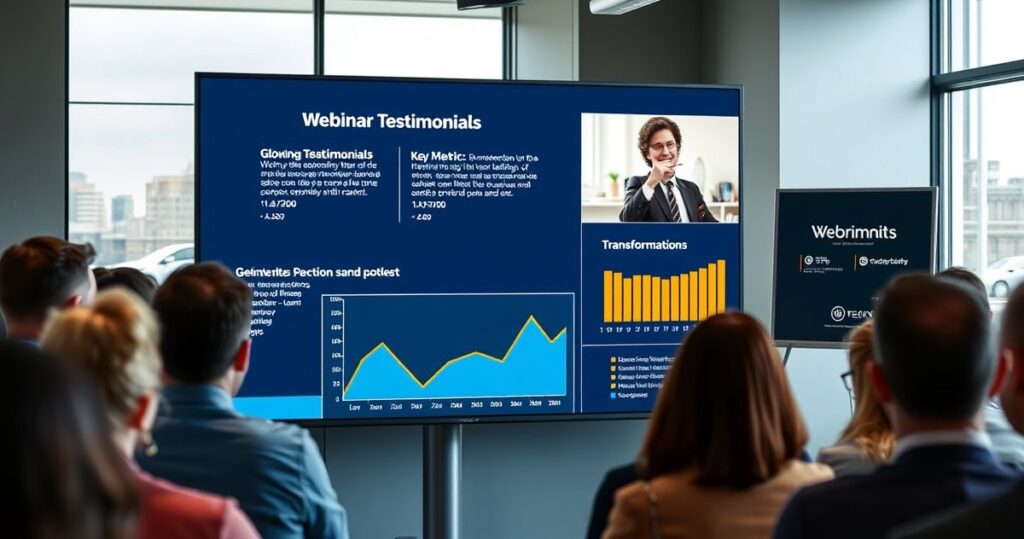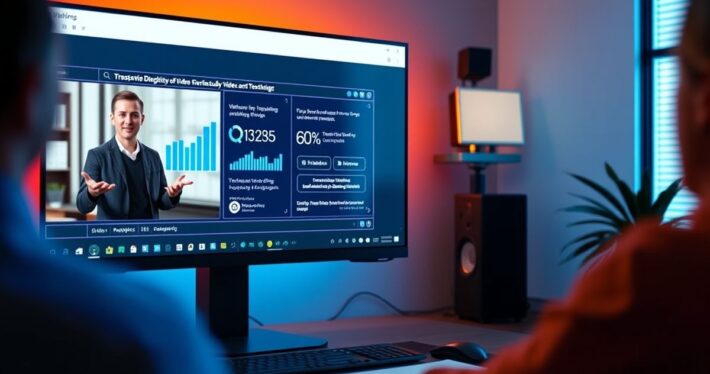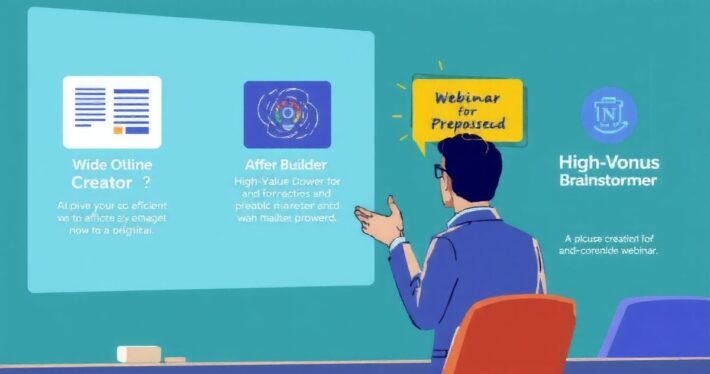The Role of Social Proof in Webinar Case Studies

Social proof isn’t just a nice-to-have—it’s a game-changer in the world of webinars. Think about it: when was the last time you made a purchase without checking reviews, testimonials, or success stories? Exactly. Social proof is the psychological verification that tells your audience, “Hey, this works, and you can trust it.” Now, apply that to webinar case studies, and you’ve got a recipe for credibility, engagement, and sky-high conversion rates.
In this article, we’ll dive deep into the role of social proof in webinar case studies, explore why it’s critical, and share actionable strategies to make your webinars irresistible.
Why Social Proof Matters in Webinar Case Studies
Let’s start with the basics. Social proof is the idea that people look to others’ actions and experiences to guide their own decisions. It’s why we trust brands with glowing reviews, flock to restaurants with long lines, and take recommendations from friends and influencers.
When it comes to webinars—which are essentially high-stakes, live sales pitches—social proof is the secret sauce that bridges the gap between skepticism and trust. And where does social proof shine the brightest? In case studies.
Case studies are real-world examples that showcase how your product or service solves problems and delivers results. When you infuse them with social proof—like testimonials, metrics, and before-and-after snapshots—they become more than just stories. They become undeniable evidence that your offer works.
The Psychology Behind Social Proof
Here’s the thing: humans are hardwired to seek validation from others. It’s a survival mechanism that’s been ingrained in us for centuries. (Think: if the tribe says it’s safe, it probably is.) In the digital age, this translates to social proof.
When someone sees that others have already taken the leap and succeeded, they’re far more likely to follow suit. It’s not just about FOMO (fear of missing out)—it’s about trust. Social proof reassures your audience that they’re making the right decision, reducing perceived risk and making the “yes” feel safer than “no.”
How to Use Social Proof in Webinar Case Studies
Now, let’s get tactical. How do you actually incorporate social proof into your webinar case studies to maximize impact? Here are four proven strategies:
1. Use Real Testimonials and Quotes
Testimonials are the bread and butter of social proof. They’re personal, relatable, and pack an emotional punch. But here’s the trick: don’t just cherry-pick generic praise. Highlight specific results and outcomes.
For example:
- “Thanks to [product], I saved 20 hours a week and doubled my revenue.”
- “I was skeptical at first, but [webinar] completely transformed my business.”
These specifics make your case study more credible and compelling.
2. Showcase Metrics and Data
Numbers don’t lie. When you include hard data in your case studies, you’re offering tangible proof of your webinar’s value. Whether it’s revenue growth, time saved, or ROI percentages, metrics make your case study undeniable.
For instance:
- “Attendees saw a 35% increase in sales within 30 days of implementing our strategies.”
- “Our webinar helped [business] generate $50,000 in new leads.”
These stats instantly elevate your credibility and grab attention.
3. Highlight Before-and-After Results
People love transformation stories. By showcasing the “before” and “after” of a case study, you’re painting a vivid picture of what’s possible.
For example:
- Before: “Our client was struggling to generate leads and had no clear strategy.”
- After: “Post-webinar, they scaled their lead generation by 300% and landed their first major client.”
This contrast is powerful because it shows your audience exactly what they stand to gain.
4. Leverage Third-Party Validation
There’s something inherently trustworthy about third-party validation. Whether it’s a featured review on a reputable site, a media mention, or a partnership with a well-known brand, these endorsements add an extra layer of credibility.
For example:
- “As featured in [industry publication].”
- “Recommended by [influencer or expert].”
This type of social proof positions your webinar as a trusted authority.
A Real-World Example: How Social Proof Transformed a Webinar
Let’s talk about a case study I worked on recently. We were promoting a webinar on AI-powered marketing tools, and while the content was solid, the conversion rate was lackluster. So, we decided to sprinkle in some social proof.
First, we added testimonials from previous attendees who had seen tangible results. Then, we included metrics like “85% of attendees implemented our strategies within one week” and “average ROI for participants was 5x.” Finally, we highlighted a before-and-after story from a featured client who had doubled their leads post-webinar.
The result? A whopping 47% increase in sign-ups and a 30% boost in webinar sales. That’s the power of social proof.
Common Mistakes to Avoid
While social proof is incredibly effective, there are a few pitfalls to watch out for:
- Generic Praise: Vague testimonials like “Great webinar!” don’t add much value. Always aim for specifics.
- Overloading: Too much social proof can feel overwhelming. Focus on quality over quantity.
- Lack of Relevance: Make sure your social proof aligns with your target audience’s needs and pain points.
Final Thoughts
Social proof isn’t just a buzzword—it’s a critical component of successful webinar case studies. By leveraging testimonials, metrics, before-and-after stories, and third-party endorsements, you can build trust, reduce skepticism, and drive conversions.
So, the next time you’re crafting a webinar case study, ask yourself: How can I make this more relatable, credible, and compelling? Because when you get social proof right, it’s not just a nice-to-have—it’s your secret weapon.
Now, here’s my challenge to you: go back to your latest webinar case study and audit it for social proof. What’s missing? How can you make it more impactful? Trust me, your audience will thank you—and so will your bottom line.



